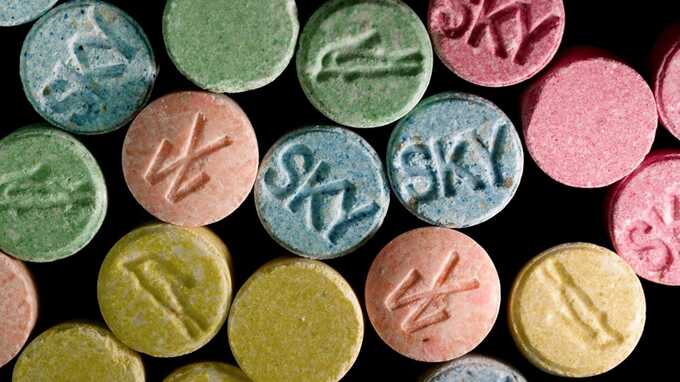Europe’s drug market remains robust and diverse, according to the European Drug Report 2024: Trends and Developments. Users are now exposed to a wider array of psychoactive substances, which are often highly potent or pure, and come in new forms, mixtures, and combinations.The report disclosed that 22 million people used cannabis, four million consumed cocaine, and almost three million took MDMA—commonly known as ecstasy—across the EU last year.
Heroin continues to hold its position as the most widely used illicit opioid across Europe, contributing significantly to the health issues associated with illicit drug consumption.
The report underlines that Afghanistan remains the primary source of heroin consumed in Europe despite the 2022 Taliban’s ban on opium poppy cultivation and opium production which led to a staggering 95 percent reduction in both activities compared to the previous year.
The document paints a picture of uncertainty regarding the effects of the ban on Europe’s heroin market. Yet, looming over this uncertainty are worries that any shortage in heroin supply could open the floodgates for potent synthetic opioids or stimulants.
Cautioning about the rise of several new substances, the report highlighted their unconventional nature, with some being previously unimaginable for human use, including Xylazine, a potent veterinary tranquilizer.
Since 2009, 81 new synthetic opioids, often deadly and remarkably potent, have emerged on the European drug scene. Shockingly, in 2023, nitazenes dominated the new additions, with six out of seven substances reported to the EU Early Warning System (EWS)."
“Nitazenes are sometimes sold as ‘synthetic heroin’ and have been detected in fake medicines on the drug market. In 2023, nitazenes were associated with a sharp rise in deaths in Estonia and Latvia and with localized poisoning outbreaks in France and Ireland,” according to the report.
It also highlighted that stimulants such as cocaine are correlated with a heightened rate of injection and have been implicated in localized HIV outbreaks among people who inject drugs across numerous European cities over the past decade.
EMCDDA Director Alexis Goosdeel cautioned that the report underscores the escalating challenges presented by an ever more intricate and swiftly transforming drug landscape. In this environment, traditional illicit substances remain readily available, while potent new synthetic compounds persistently emerge, amplifying concerns.
“We underline how widespread polysubstance use is driving a range of health risks, especially when drug mixtures are unknowingly consumed. We also reflect today on potential future problems in the drugs field and the need to be better prepared to face them,” he said.
European Commissioner for Home Affairs Ylva Johansson warned that the rapidly evolving and volatile European drug market is “fueling violence and corruption,” with illicit drugs flowing into Europe primarily through its ports.
The trafficking of large quantities of cocaine through maritime shipping containers via Europe’s seaports continues to be a major contributor to the drug’s widespread availability in the region. However, as law enforcement tactics become more stringent, organized crime syndicates are shifting their focus to smaller ports within EU nations and those adjacent to the EU, according to the report.
Hence, in January of this year, EU authorities initiated the European Ports Alliance, aiming to bolster the resilience of the EU’s logistical hubs against the pervasive threats posed by organized crime.



































